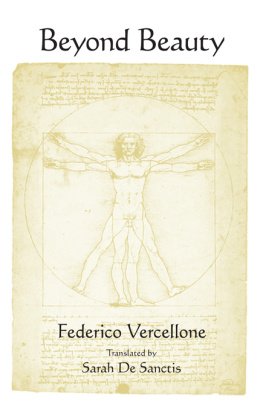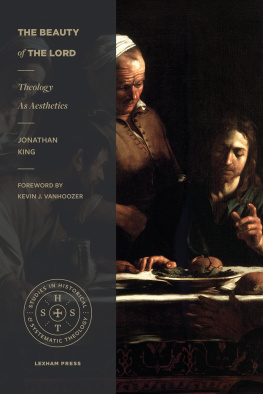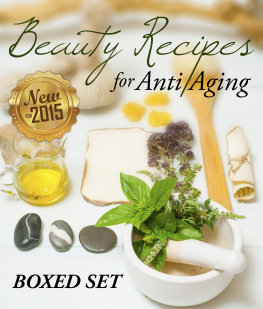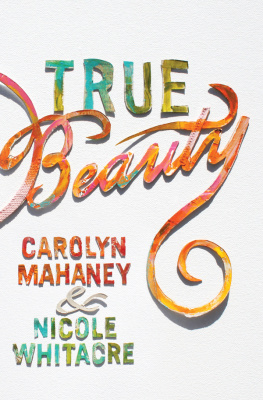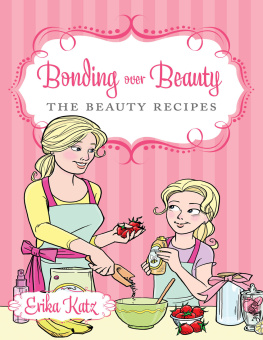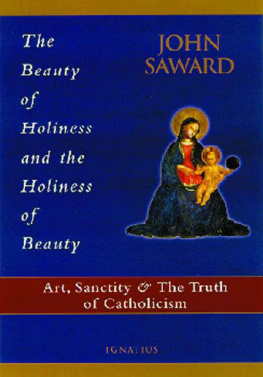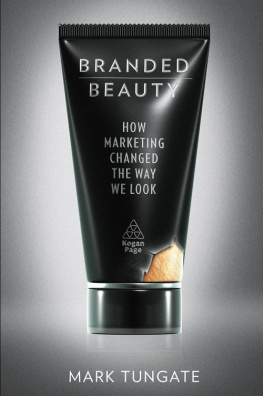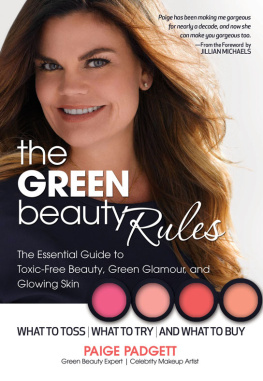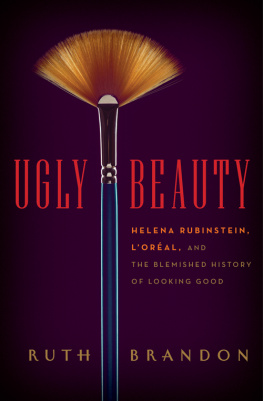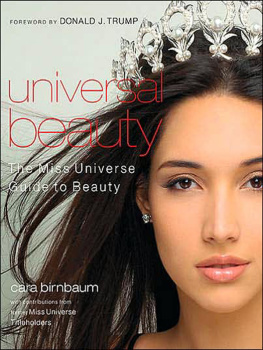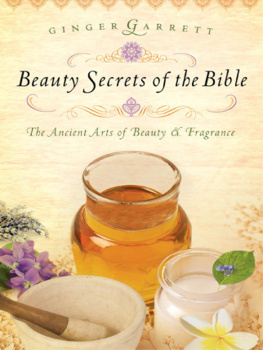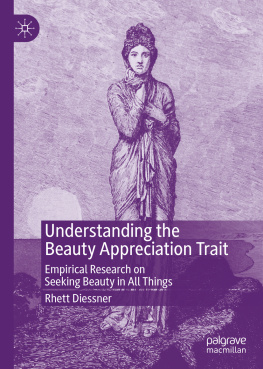Vercellone - Beyond Beauty
Here you can read online Vercellone - Beyond Beauty full text of the book (entire story) in english for free. Download pdf and epub, get meaning, cover and reviews about this ebook. year: 2017, publisher: State University of New York Press, genre: Religion. Description of the work, (preface) as well as reviews are available. Best literature library LitArk.com created for fans of good reading and offers a wide selection of genres:
Romance novel
Science fiction
Adventure
Detective
Science
History
Home and family
Prose
Art
Politics
Computer
Non-fiction
Religion
Business
Children
Humor
Choose a favorite category and find really read worthwhile books. Enjoy immersion in the world of imagination, feel the emotions of the characters or learn something new for yourself, make an fascinating discovery.
- Book:Beyond Beauty
- Author:
- Publisher:State University of New York Press
- Genre:
- Year:2017
- Rating:5 / 5
- Favourites:Add to favourites
- Your mark:
- 100
- 1
- 2
- 3
- 4
- 5
Beyond Beauty: summary, description and annotation
We offer to read an annotation, description, summary or preface (depends on what the author of the book "Beyond Beauty" wrote himself). If you haven't found the necessary information about the book — write in the comments, we will try to find it.
Beyond Beauty — read online for free the complete book (whole text) full work
Below is the text of the book, divided by pages. System saving the place of the last page read, allows you to conveniently read the book "Beyond Beauty" online for free, without having to search again every time where you left off. Put a bookmark, and you can go to the page where you finished reading at any time.
Font size:
Interval:
Bookmark:

SUNY series in Contemporary Italian Philosophy
Silvia Benso and Brian Schroeder, editors
Beyond Beauty
By Federico Vercellone
Translated by Sarah De Sanctis

Questo libro e stato realizzato anche grazie ad un contributo alla traduzione assegnato dal Ministero degli Affari Esteri e della Cooperazione Internazionale Italiano
This book has been published also thanks to a translation grant given by the Italian Ministry of Foreign Affairs and International Cooperation.
Oltre la bellezza 2008 by Societ editrice il Mulino, Bologna
Published by State University of New York Press, Albany
2017 Sarah De Sanctis
All rights reserved
Printed in the United States of America
No part of this book may be used or reproduced in any manner whatsoever without written permission. No part of this book may be stored in a retrieval system or transmitted in any form or by any means including electronic, electrostatic, magnetic tape, mechanical, photocopying, recording, or otherwise without the prior permission in writing of the publisher.
For information, contact State University of New York Press, Albany, NY
www.sunypress.edu
Production, Jenn Bennett
Marketing, Michael Campochiaro
Library of Congress Cataloging-in-Publication Data
Names: Vercellone, Federico, author.
Title: Beyond beauty / by Federico Vercellone ; translated by Sarah De Sanctis.
Other titles: Oltre la bellezza. English
Description: Albany : State University of New York, 2017. | Series: SUNY series in contemporary Italian philosophy | Includes bibliographical references and index.
Identifiers: LCCN 2016037238 (print) | LCCN 2016042264 (ebook) | ISBN 9781438465876 (hardcover : alk. paper) | ISBN 9781438465890 (e-book)
Subjects: LCSH: Aesthetics, Modern20th century.
Classification: LCC BH204 .V4713 2017 (print) | LCC BH204 (ebook) | DDC 701/.17dc23
LC record available at https://lccn.loc.gov/2016037238
10 9 8 7 6 5 4 3 2 1
Contents
Preface
This book appeared in Italy in 2008. Since then, the reflection and debate on the relationship between beauty and the twentieth century has greatly widened. Many more texts have dealt both with the overall theme of beauty and the more specific theme beauty and the twentieth century. However, despite the fact that the bibliography on the matter has become much vaster, I believe the fundamental thesis of my book can stay essentially unchanged. If the twentieth century was by vocation devoted to ugliness and the most decisive negation of beauty, it did so not because it denied the significance and necessity of beauty, but rather because beauty appears as a kind of unattainable ideal that nevertheless is eventually bound to come back to the steep and rough terrain of this world to find its proper place. In this way the twentieth century actually played along with the originary vocation of beauty as it was identified in particular by classic German aesthetics: the reappropriation of ethos.
This is the framework of the relation between beauty and twentieth century as it appears in the present book: it starts early and paradoxically with the Frhromantik, passing through Nietzsche and Spengler, Benedetto Croces aesthetics, the conflicting relationship between Adorno and Heidegger, and finally comingthrough surrealism, Barnett Newman, Pollock, and Duchampto Andy Warhols pop art. In line with Arthur Dantos thesis, in this context Warhol appears as a sort of landing point of beauty, which has returned to the world after having discredited and exhausted, through a long erosive process, the roots of its idealization.
All this is concomitant with the exhaustion of the very raison dtre of philosophical aesthetics understood as a discipline that, also based on the idealization of beauty, legislates and takes a regulatory approach to art. On the other hand, contemporary art, and especially conceptual art, decidedly claims the autonomy of its expressive and semantic means, rejecting any form of subjection to philosophical speculation. The traditional prerogatives of the philosophy of art, its categories and its canons are now seen as intrusive, arrogant, and almost devoid of any intimate legitimacy to orient art to its own self-understanding. This paves the way to a very ambivalent situation in which not only the prerogatives but the very scope of action of aesthetics as philosophy of art are questioned while, at the same time, a sort of opaque zone or dark forest appears in which the criteria of judgment on art, delegated exclusively to art itself, end up becoming self-referential and prey of the art institution, which imposes itself with an attitude of sovereign independence thatironically and almost unabashedlyis only affected by the market.
In this framework in which autonomous art and the philosophy of art see their traditional spaces and their age-old and often contentious partnership vanish, there seems to be no other chance than that to rehabilitate ethos. In other words, the only solution is to do what the twentieth century has tried to do: give beauty back to the world.
Acknowledgments
I am very grateful to all those who have helped me write this book with their advice, suggestions, and objections. I owe a lot to Claudio Ciancio, who has read the manuscript in its several drafts and never failed to give me precious and friendly advice. Many thanks also to Sergio Givone for following this work in all its (sometimes tiring) phases. I express my gratitude to Mauro Bozzetti, Flavio Fergonzi, Gianluca Garelli, Chiara Giuntini, Maria Passaro, and Enrica Villari for their valuable suggestions. Thanks to Olaf Breidbach and Angelo Vianello for the view of nature that emerges in these pages even when I speak of art. Finally, I am particularly grateful to Laura Anna Macor, who helped me in the final stage of this work.
Introduction
Beauty and the Twentieth Century
Les plus riches cits, les plus beaux paysages,
Jamais ne contenaient lattrait mystrieux
De ceux que le hasard fait avec les nuages.
Baudelaire, Le Voyage
Does Beauty Have a History?
Lets be honest: there hasnt been much beauty in the twentieth centuryrather, that period fully experienced its absence. There are no characters in flesh and bone here: this is a ghost story, and the protagonist is the spectre of beauty.
Also, the issue is really complex. When one speaks of beauty and the twentieth century, in fact, one is juxtaposing two notions that seem rather distant: an ideasomething such as beauty, which tends to the absoluteis set next to a centurythat is, a historical determination. This step already shows the terms of a crisis that presents itself almost as a conflict between the two elements: a sort of sharp contrast that has been noted more than once.
Thus, many questions are raised from the very beginning: Does the twentieth century have its own ideal of beauty? Or was it instead a time of violent friction with beauty, a time that no longer wanted to contemplate it or enclose it in the cosmos of its values? Besides, often it was the artists themselves who seemed to have chosen this direction. In this respect, Barnett Newman made a very famous statement in 1948, at the peak of abstract expressionism: The impulse of modern art is this desire to destroy beauty. expression on the worlds troubled face after AuschwitzIs this what Theodor Wiesengrund Adorno exemplarily testifies to?
In any case, however you want to frame the issue, the very formulation Beauty and the Twentieth Century raises a lot of problems. Most of all, they concern the very structure of the phrase. In fact, regardless of the meaning or scope one attributes to the historical context of reference, saying Beauty
Font size:
Interval:
Bookmark:
Similar books «Beyond Beauty»
Look at similar books to Beyond Beauty. We have selected literature similar in name and meaning in the hope of providing readers with more options to find new, interesting, not yet read works.
Discussion, reviews of the book Beyond Beauty and just readers' own opinions. Leave your comments, write what you think about the work, its meaning or the main characters. Specify what exactly you liked and what you didn't like, and why you think so.

